Strands is the NYT’s latest word game after the likes of Wordle, Spelling Bee and Connections – and it’s great fun. It can be difficult, though, so read on for my Strands hints.
Want more word-based fun? Then check out my Wordle today, NYT Connections today and Quordle today pages for hints and answers for those games.
SPOILER WARNING: Information about NYT Strands today is below, so don’t read on if you don’t want to know the answers.

NYT Strands today (game #213) – hint #1 – today’s theme
What is the theme of today’s NYT Strands?
• Today’s NYT Strands theme is… Fresh out of the oven
NYT Strands today (game #213) – hint #2 – clue words
Play any of these words to unlock the in-game hints system.
- TRAIT
- STONE
- SOAR
- TRUMP
- DINE
- LINE
NYT Strands today (game #213) – hint #3 – spangram
What is a hint for today’s spangram?
• Dough but not nuts
NYT Strands today (game #213) – hint #4 – spangram position
What are two sides of the board that today’s spangram touches?
First: top, 3rd column
Last: bottom, 4th column
Right, the answers are below, so DO NOT SCROLL ANY FURTHER IF YOU DON’T WANT TO SEE THEM.
NYT Strands today (game #213) – the answers

The answers to today’s Strands, game #213, are…
- SCONE
- DANISH
- CROISSANT
- MUFFIN
- STRUDEL
- GALETTE
- SPANGRAM: PASTRIES
- My rating: Moderate
- My score: Perfect
Hello, Mr/Mrs/Ms NYT, I have a question for you: in what way is a MUFFIN a PASTRY? Or a SCONE? STRUDEL, yes. CROISSANT, definitely. DANISH, sure. GALETTE… well, we’ll get to that. But not MUFFIN or SCONE, which are both quick breads or potentially cakes. Maybe I’m missing some crucial detail here – I’m not a chef – but I just don’t get why they were included.
Fortunately, it wasn’t too difficult for me to find them anyway, because I’m well aware that sometimes the NYT makes odd decisions with categorization, so I always watch out for curveballs. That didn’t help me with GALETTE, though, chiefly because I’ve never heard that word before. Still, they look lovely, so I shall be trying one next time I see one.
How did you do today? Send me an email and let me know.
Yesterday’s NYT Strands answers (Tuesday 1 October, game #212)
- PARAMOUNT
- DISCOVERY
- HISTORY
- HALLMARK
- LIFETIME
- SPANGRAM: NETWORK
What is NYT Strands?
Strands is the NYT’s new word game, following Wordle and Connections. It’s now out of beta so is a fully fledged member of the NYT’s games stable and can be played on the NYT Games site on desktop or mobile.
I’ve got a full guide to how to play NYT Strands, complete with tips for solving it, so check that out if you’re struggling to beat it each day.

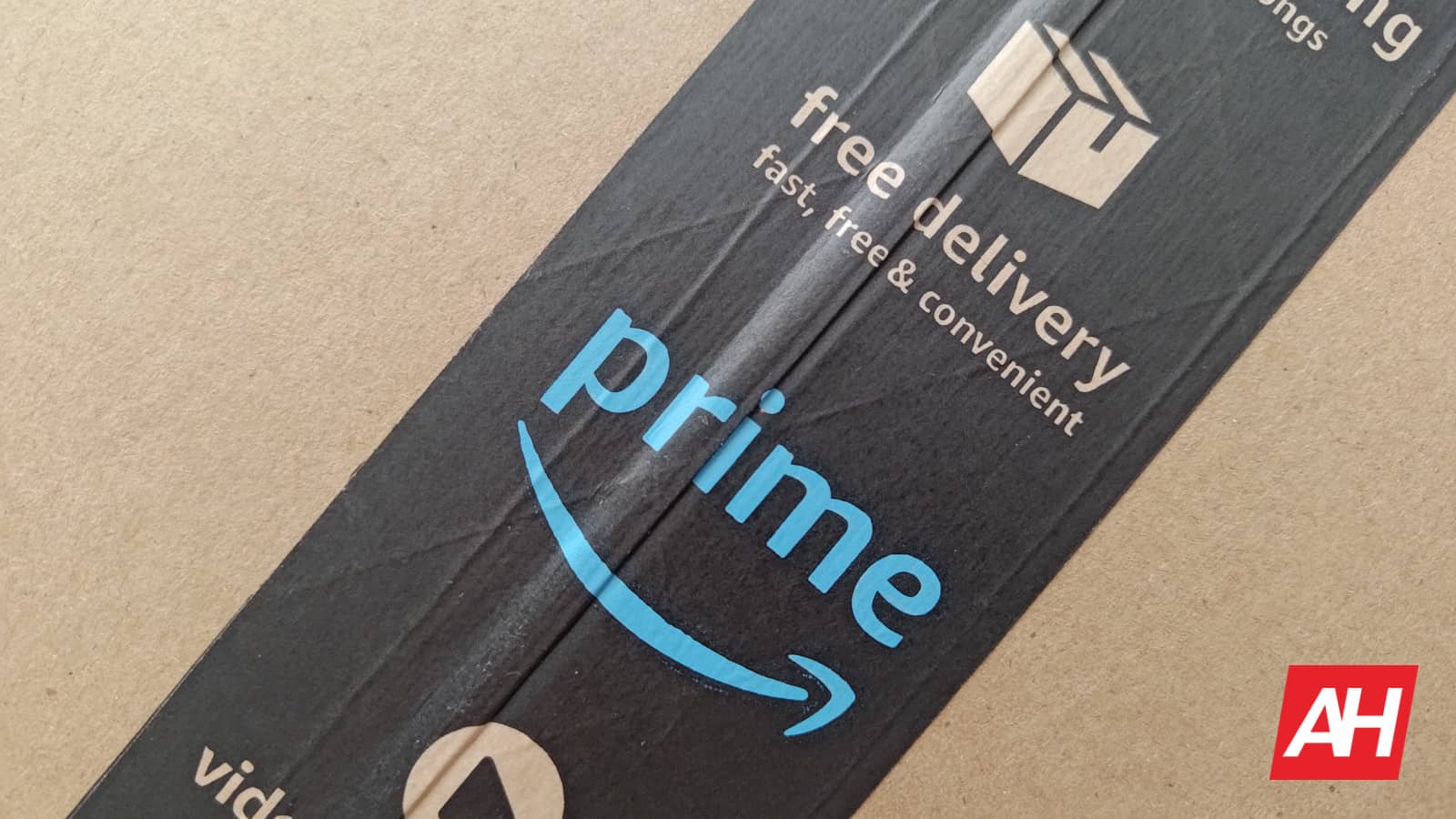
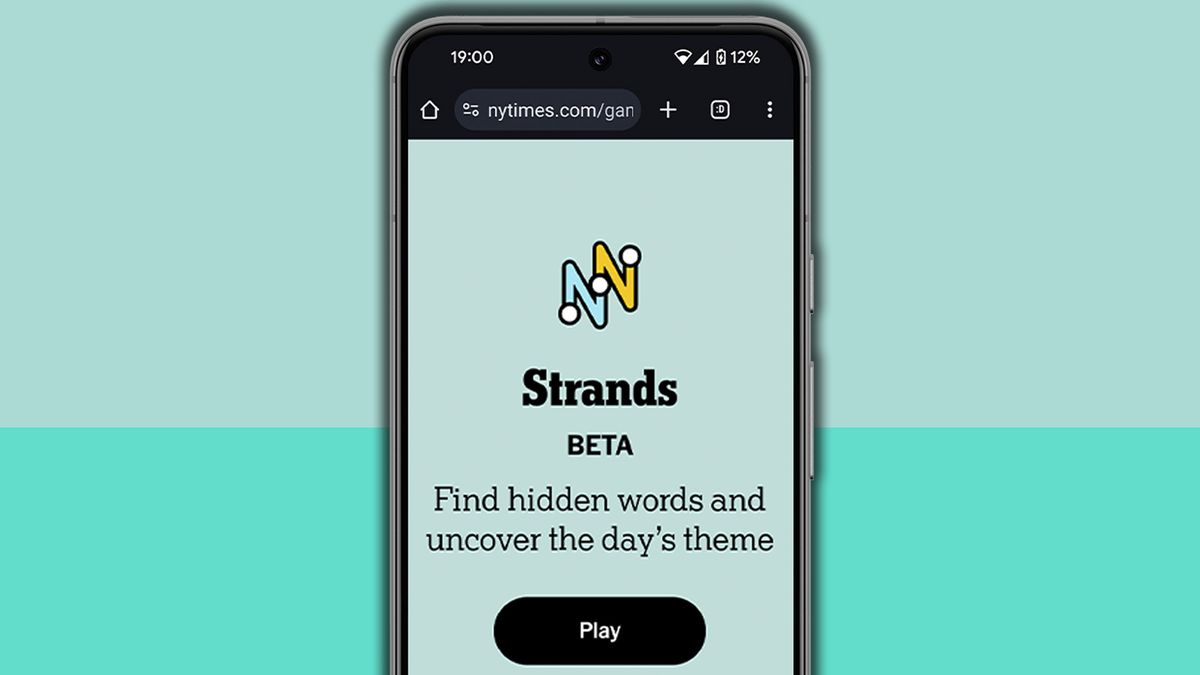

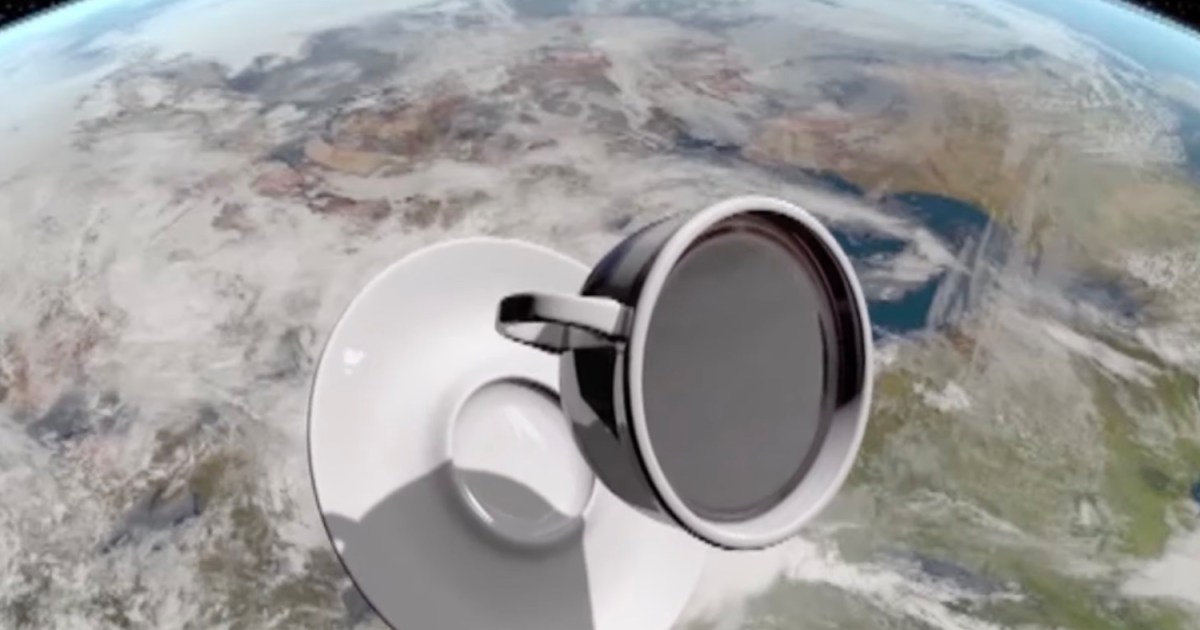

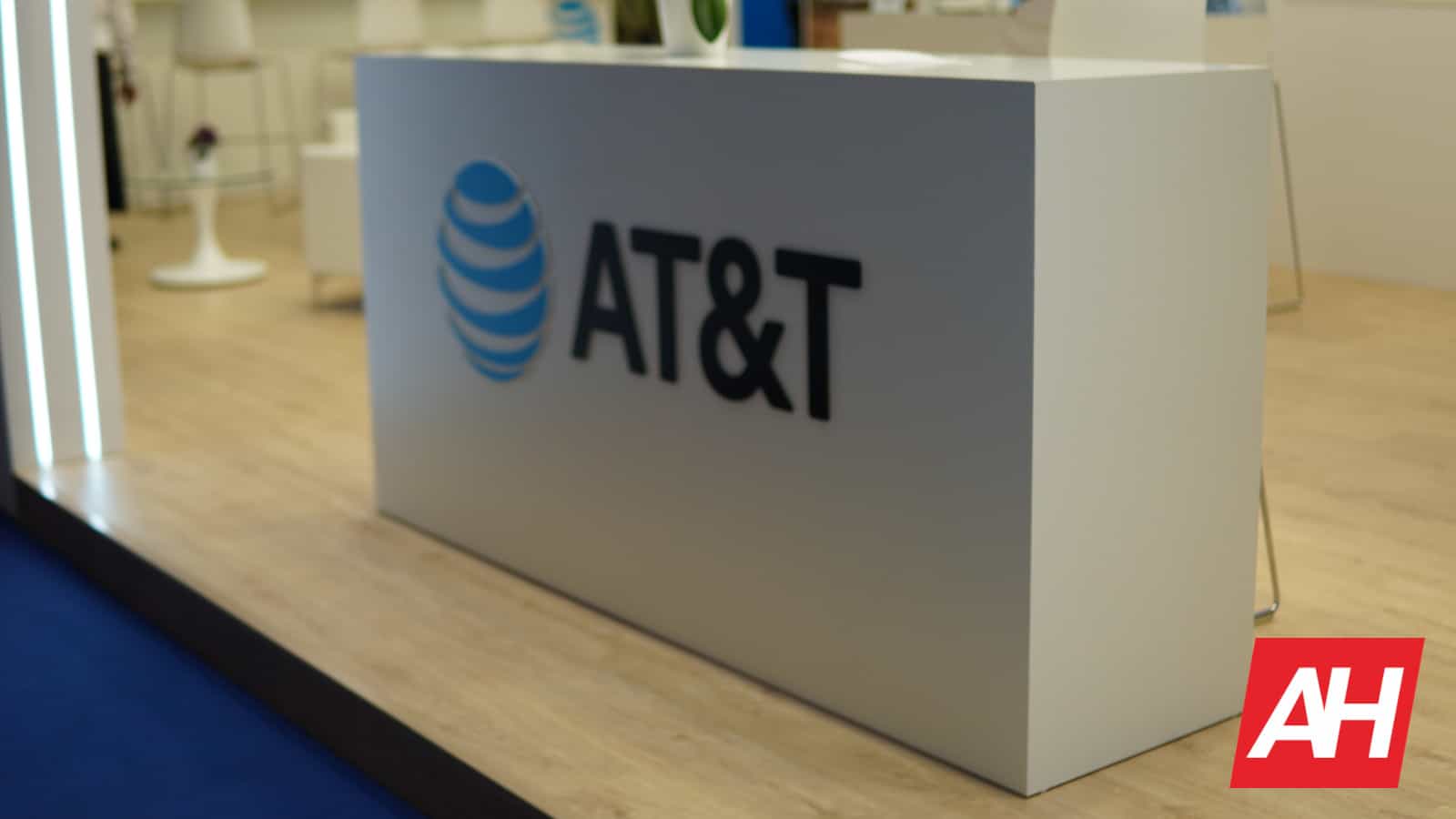
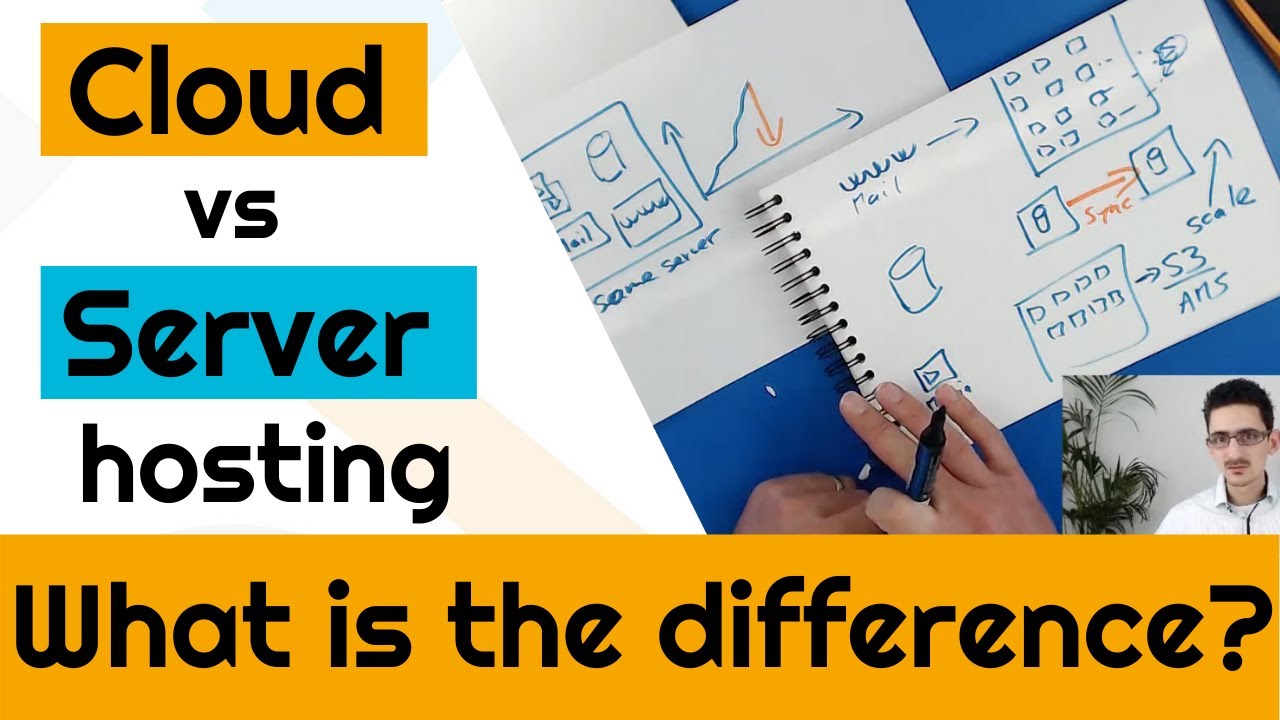
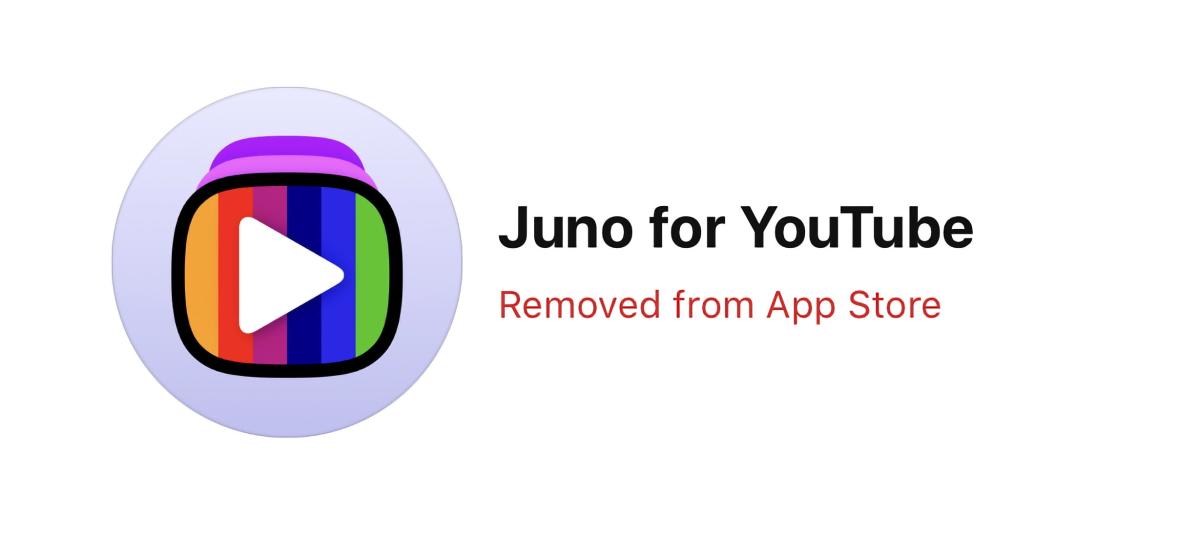
































































































































You must be logged in to post a comment Login